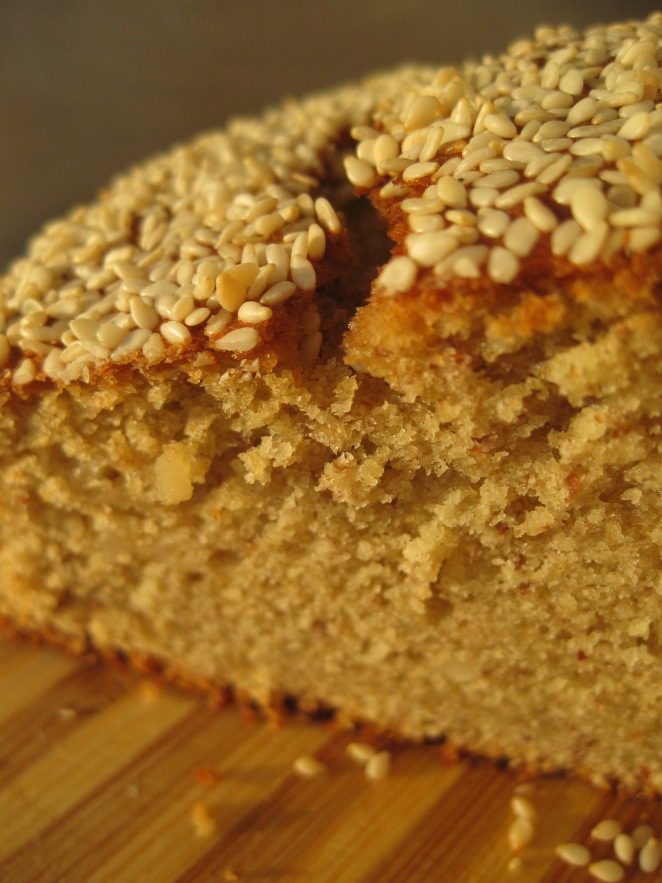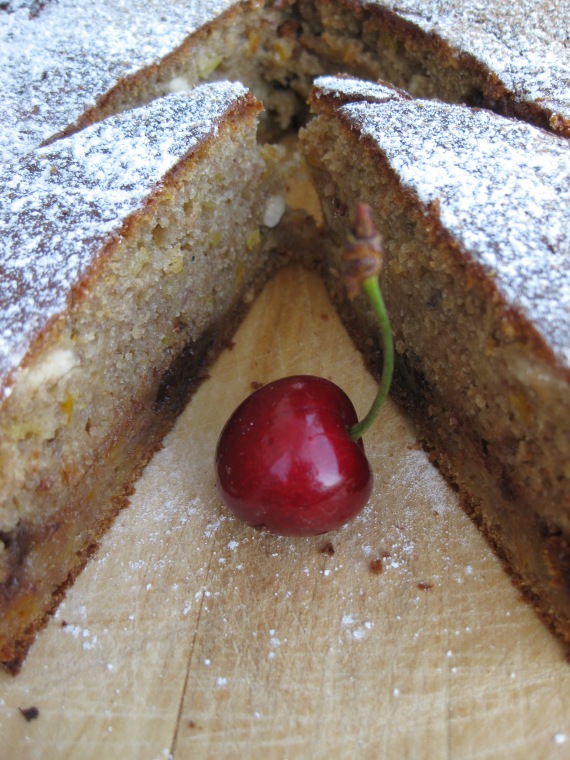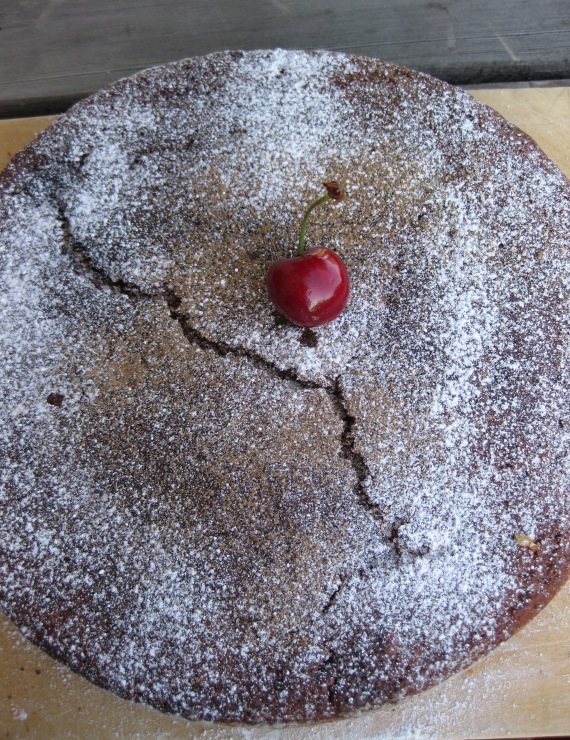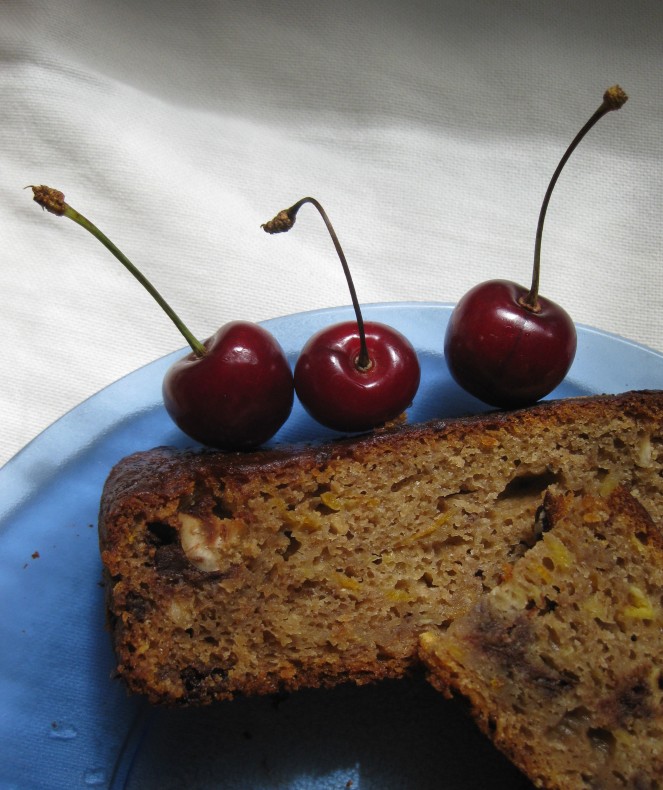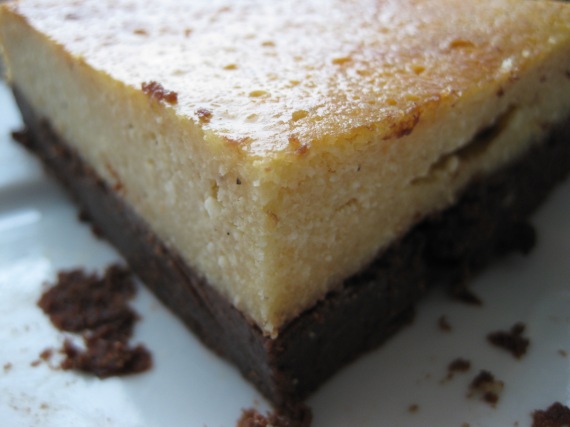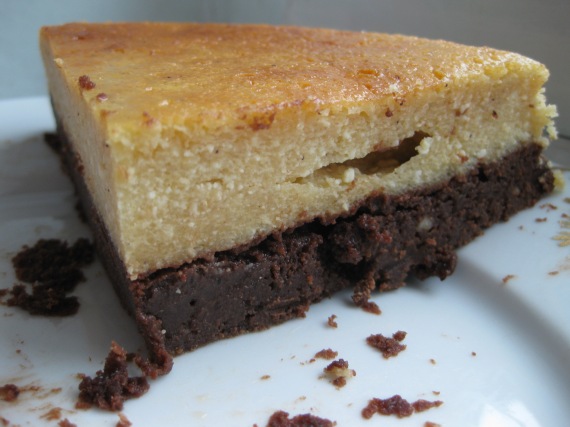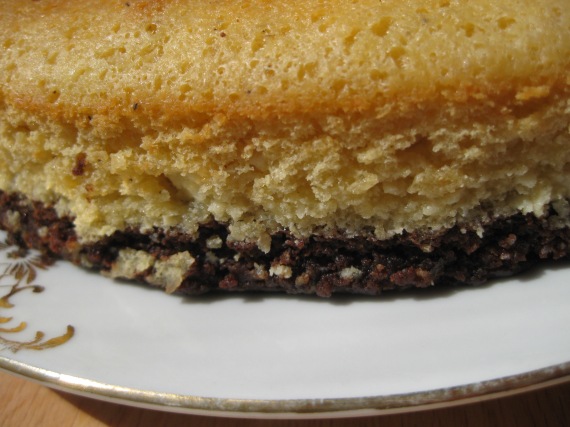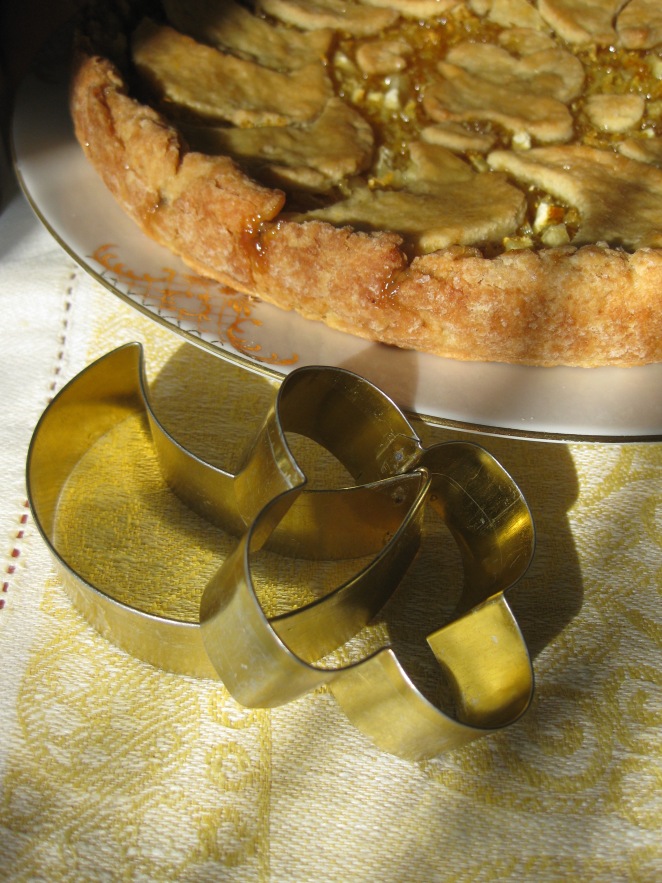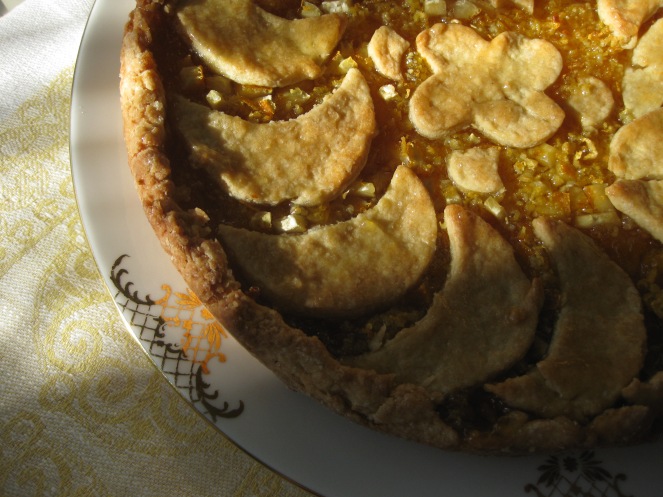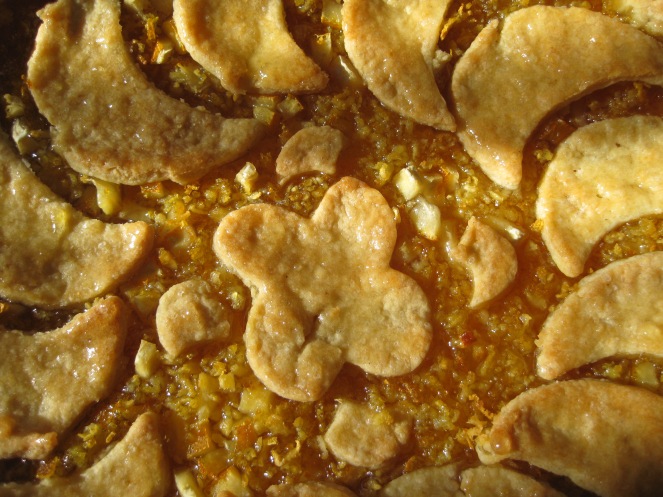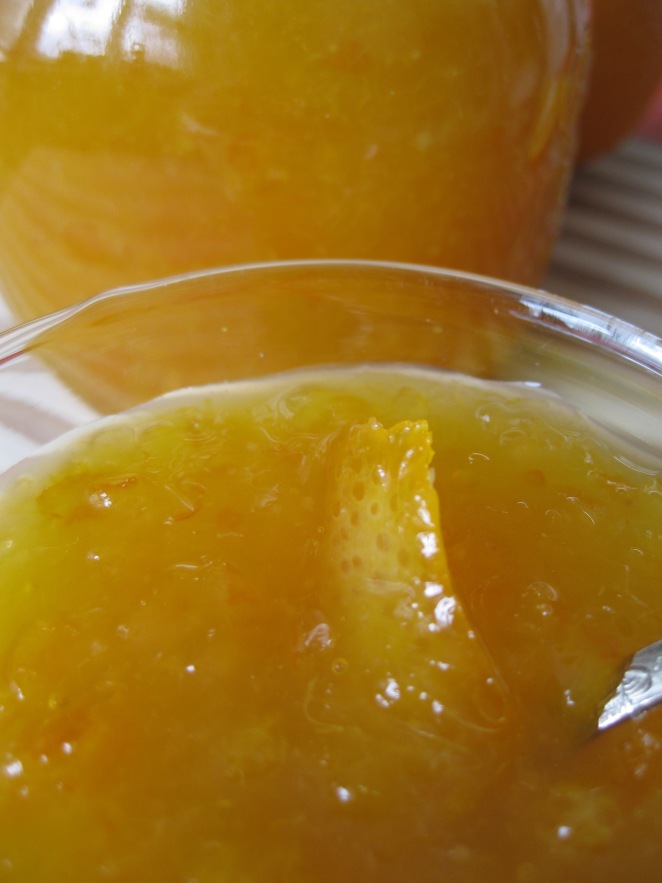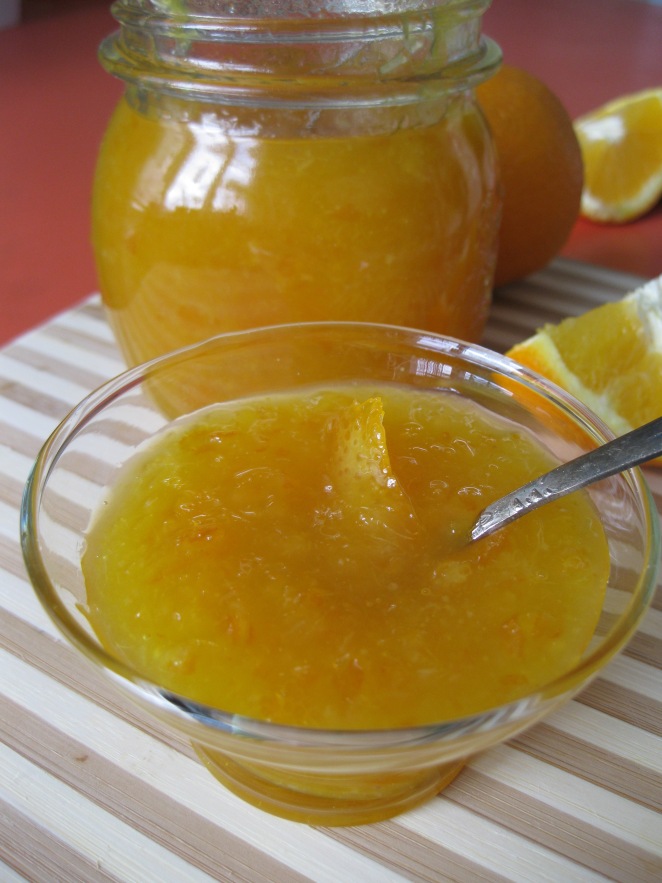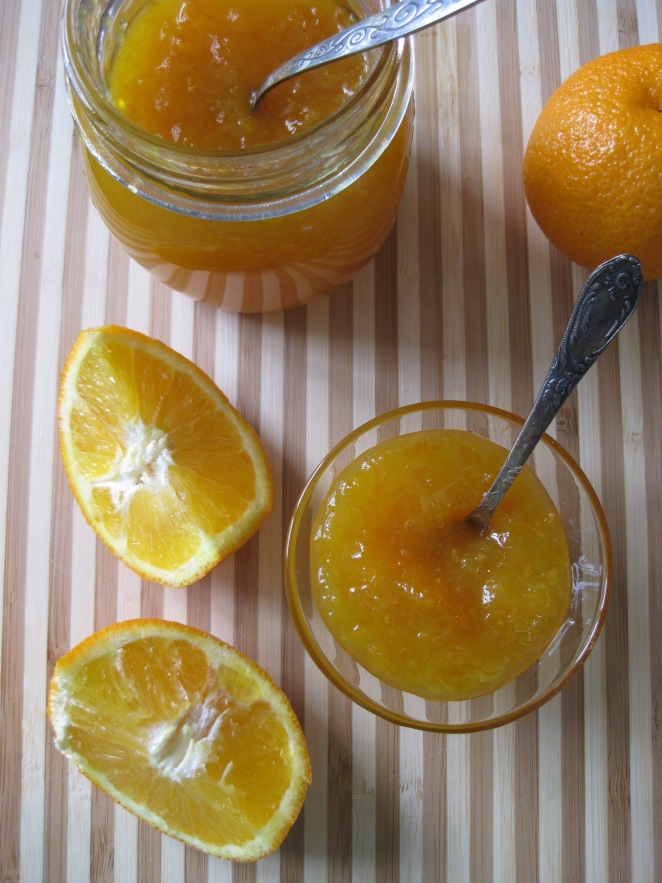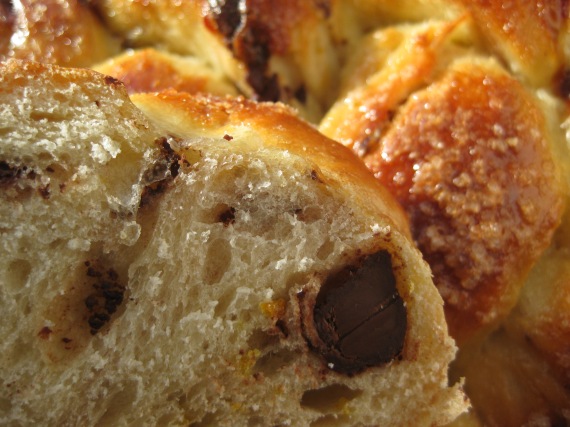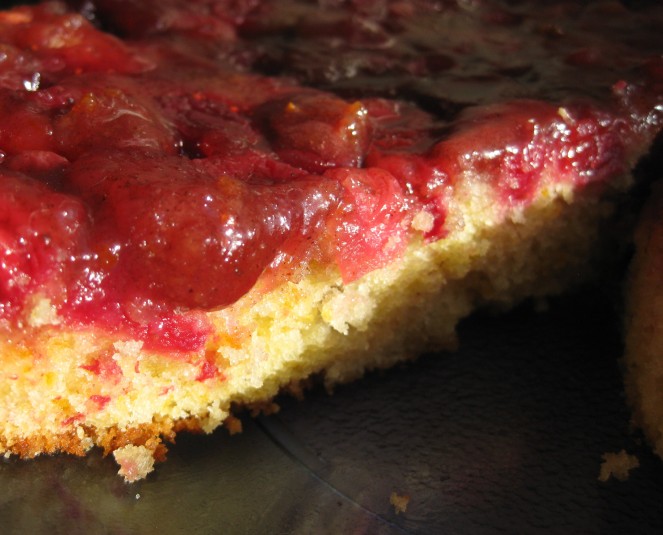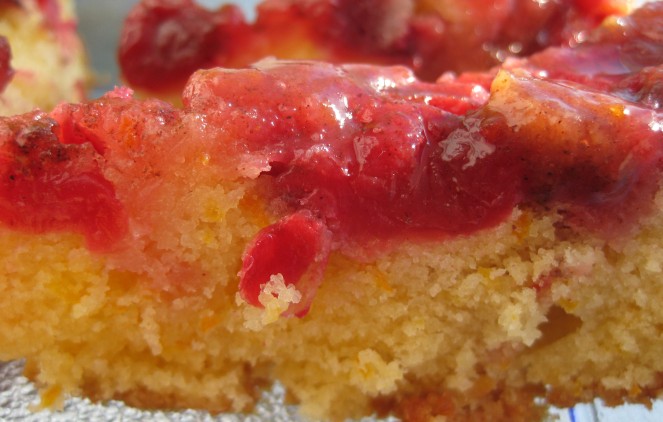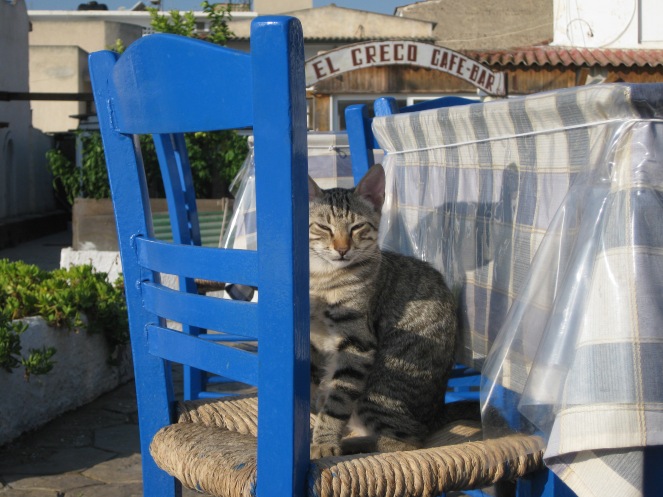
Greece is always on my mind. Moreover, been cooking Greek recently. Decided to share the great recipes with you. I’m leaving you with the photos and the translated recipes and no doubt a burning desire to cook them all 😉
Let’s start with the main course, well, at least for me it is. The first day I arrived in Thessaloniki in 2010 I bought myself a delicious tyropita (cheese pie) and went for a walk along the paralia (beach, embankment). There are hundreds of varieties of pita in Greece, with all sorts of dough (not always puff pastry), filling (there are sweet pies like bougatsa) and sizes (hand-pies, sheet pies…) – and of course I failed to try all the vegetarian options 😉 There is no way to substitute Greece for me – but there’s always a chance to bring back some memories when eating a good tyropita, like these cute cheese hand-pies:

Τυρόπιτες και χορτόπιτες με ζύμη πεϊνιρλί (Cheese and Greens Pies with Traditional Peinirli Dough) adapted from www.sheblogs.eu and translated for you with the permission of the author, Magica (ευχαριστώ!) – will make LOADS of soft and chewy savoury pies. My remarks are in italics.
A year ago – Bread, Soup and Crackers with some ideas on what to do with leftover bread and – not at all surprisingly –Koulouria of Thessaloniki!
Ingredients:
For the dough – I halved the following dough recipe and still had a LOT!
- 300 ml milk
- 300 ml olive oil – I mixed sunflower + olive oils and in a lesser amount
- 2 eggs
- 650-700 g flour, about – I mixed in some wholewheat flour, which added extra colour + flavour
- 2 tsp salt
- 1 tsp sugar
- 25 g fresh yeast or an envelope of dried yeast – I opted for the fresh
For the cheese filling (τυρί) I did not try this variant, instead I filled my pies with the two variants further on
- 400-500 g Feta or myzithra
- 1 egg
- salt, pepper
For the greens + cheese filling (χόρτα και τυρί)
- 2-3 cups of finely chopped greens of your choice (such as spinach, leeks,..) – I used Siberian Chives from our dacha (in Russian it has a funny name – licking chives… the plant’s leaves look like tulip actually) + fresh mint + dried herbs such as: basil, oregano, marjoram, thyme, leeks, spring onion, dill, parsley, wohooo, c’est la folie!
- 100-200 g Feta or myzithra – I substituted it with a 250 g pack of 5% tvorog (cottage cheese), but the amount was definitely not enough since I used less, much less greens+herbs
- 1 egg
- salt, pepper – use more salt if your cheese is not as salty as Feta is
My filling – potatoes + cheese (πατάτες και τυρί)
- mashed potatoes
- grated cheese
- chopped fresh parsley
- seasoning for potato dishes (herbs, pepper, salt…)
- egg
Method:
Heat milk in a pot – do not boil it, just heat it up. Pour it in a large bowl and add sugar and yeast. Stir to melt the yeast.
Add oil, salt and one by one the eggs, beaten first with a fork. Start adding the flour bit by bit, stirring with a wooden spoon. When the dough starts forming, switch to hand kneading, adding more flour as needed. The amount of flour is not definite, just so that the dough is not sticky but oily enough (which it will be with quite a lot of oil). You will need more flour for rolling the dough out.
Cover the bowl with cling film and leave the dough to rise in a warm place for about 1 hour.
Meanwhile, prepare the filling of your choice, mixing all the ingredients.
When the dough has doubled (and it did amazingly well!), divide it into 12 balls and roll them out in circles, adding some more flour. The dough will be a bit oily but do not worry. Add filling to one side of each circle and fold the other side over, creating a crescent. To make it easier to seal the parts, brush the edges with some water and pinch slightly with a fork. I chose to make rather small pies, definitely more than 12 even from the half of the dough.
Bake in the oven preheated to 160 ‘C till the pies get browned. Mine took about 40 minutes. I also brushed the tops with egg and decorated with sesame seeds.

Instead of baking all pies at once, says the author, you can freeze some of them to bake later. This is just what I did – froze the first batch for several hours to prevent over-proofing and then baked them the same evening. The second batch is still in the freezer 😉 This was the first choice of filling, cottage cheese + herbs:

The cottage cheese was soon finished. I had leftover mashed potatoes so off they went into the pies! The second batch, pictured with the weird Vanilla Basil which my Mum grew upon the windowsill – the flavour is anise-mint like but definitely not vanilla ; )

But even a large container of my Mom’s mashed potatoes + lots of cheese ended before the dough was over… So there’s still a small bag of potato + cheese pies in the freezer along with a secret pie – with meat =) . And all this from just a 1/2 of the dough recipe!

Result: They say that the peinirli dough comes from the Balkans, used for traditional ‘open’ pies like the Turkish pide. These remind me of khachapuri, especially the ‘open’ boat-like version, like this one. In the case of these pies I’m sharing with you here, the peinirli dough is used for the smaller pies like the Italian calzone or… Russian pirozhki. Tasty dough – just choose your filling!
***
Ready for a dessert? In Greece these things are abundant, although they do tend to be quite NOT dietetic. Like the carrot cake I baked recently – had to cut on the eggs and still it was soooooooo meaty! The sweet-treats shops are on every corner and open till late, especially during the Easter period, with all the traditional challah-like braided bread covered with chocolate, ohohoh. Let’s first feed a crowd with…

Mud κέικ πορτοκαλιού (Orange Mud Cake) adapted from syntagesapospiti.blogspot.com and translated for you with the permission of the author, Margarita (ευχαριστώ!). Although this cake has nothing to do with a gooey chocolate mud cake, it’s a very successful recipe for a truly orange cake big enough to feed a crowd!
Ingredients:
4 eggs – I managed to make a huge cake with just 2,5 eggs
1 cup of Airan – the Greek version of Airan is milder than the Caucasian or Turkish one, you can use kefir which I did, mixing it with some milk as our kefir is thick
3/4 cups orange juice – freshly squeezed, of course!
2 cups of sugar – I used 200 g
3 cups of self-raising flour – make your own, adding some salt and soda to the all-purpose flour
zest of one orange + I added ginger
1 cup of margarine – I used butter + apple jam with several apple slices… Just needed to finish it 😉
1 package of baking powder
Method:
Preheat oven to 170 ‘C.
Place all the ingredients in a large bowl and whiz them with a mixer for 4 minutes. (I did it by hand).
Grease and flour a baking pan. Pour the batter in and bake for 1 hour and 20 minutes. The author remarks that this cake has a trick – it looks ready but it might be not. I baked my cake for a lesser time, perhaps because of the lesser amount of eggs. I also decorated the top with pine nuts, they had been around for too long, haha.

The top has cracked nicely and the rise is great. I liked the zestyness of the cake, it’s really orange-y orange!

The slices from the apple jam that I threw in appeared in the last pieces of the cake 😉 But this was just the first slice…

The cake looked like a huge edible PacMan, haha : ) Here pictured with a Cycladic statuette we bought almost 20 years ago in Greece.

Result: very easy and very zesty. If you prefer your cakes rather sweet than zesty, add less of orange zest, for sure. But I liked it as it was, it stings your tongue a bit. The pine nuts was a nice addition too, as the rest of the cake’s ‘body’ had nothing else to chew upon. Moreover, I suppose, they add some extra Mediterranean flavour…
***
And for even more flavours and more sweet pleasure, try these biscuits with Greek wine:

I’m not promoting this wine or whatever, I just liked how it shone in the sun 😉 It made a very good risotto con zucchine too (to be posted later)! I remember we made risotto on retsina and even red wine in Thessaloniki, hehehe. Those were the Erasmus days! I also assure you, even the simple koulourakia (here’s a more buttery recipe) from the nearest bakery are great in Greece.

Smyrneika Koulourakia (Biscuits from Smyrna) adapted from www.en-direct-dathenes.com and translated with the kind permission of MaryAthens (merci!) – will make very soft and just super biscuits! These come from Smyrna, ancient Greek city where now there’s Turkish Izmir. I actually skipped the ‘trick’ of these biscuits… I did not have baker’s ammonia required for the recipe, so I chose to use the remaining Greek Γλυκορίζι (Liquorice). They are different things, of course, but why not? The former is a leavening agent but with the added baking powder my biscuits puffed well.
Ingredients:
- 500 g of flour
- 80 g of butter
- 70 ml of lukewarm milk
- 150 ml of sugar
- 12 g of baker’s ammonia – liquorice
- 2 eggs, separated + 1 yolk + I added some sesame seeds on the top
- vanilla
- 1 tsp baking powder
- zest of one orange
- ¼ tsp salt – I forgot about it
Method:
Divide the sugar in three equal parts.Beat the butter with the first part of the sugar. Beat 2 yolks + vanilla with the second part of sugar. Beat the whites until soft peaks form (en neige) with the rest of the sugar and salt. Mix everything together carefully, adding the zest.
Dissolve baker’s ammonia in the lukewarm milk (here I diluted liquorice in milk) and add to the mixture.
Mix the baking powder with 1/2 of the flour. Gradually mix it in the mixture, then add the rest of the flour until you get elastic dough. Form the biscuits – make a long rope and then fold it thrice shaping an S, slightly pinching the ends. Place the biscuits on a sheet covered with baking paper.
Beat the egg yolk (you will need an entire yolk for all the koulourakia) with a tablespoon of milk and a bit of vanilla essence (I added vanilla) to brush the biscuits (you can also scatter some sesame seeds on top).
Bake in the preheated oven (180 ‘C) for 15 to 20 minutes. The biscuits keep well in a metal box. Or just eat them right away =)

Result: Inside they are white with specks of lemon zest, chewy and not over sweet. My parents ate them with super-sugary raspberry jam, I ate them sketo (plain) or with protokvasha. The use of liquorice did not yield in a specific anise flavour, maybe it did not add anything at all… If you follow the original recipe and add the baker’s ammonia, the aroma will be very strong while baking but then it will be gone either, says MaryAthens. Up to you to chose!

There will be quite a lot of biscuits, also enough to feed a crowd 😉 The Greek recipes are destined to feed lots of friends, relatives and neighbours, this is the famous Greek hospitality and love of food, for sure!

Those were truly delicious things – and abundant – pies, cake, biscuits. So I say to the authors of these recipes a sincere ΕΥΧΑΡΙΣΤ’Ω! Thank you!
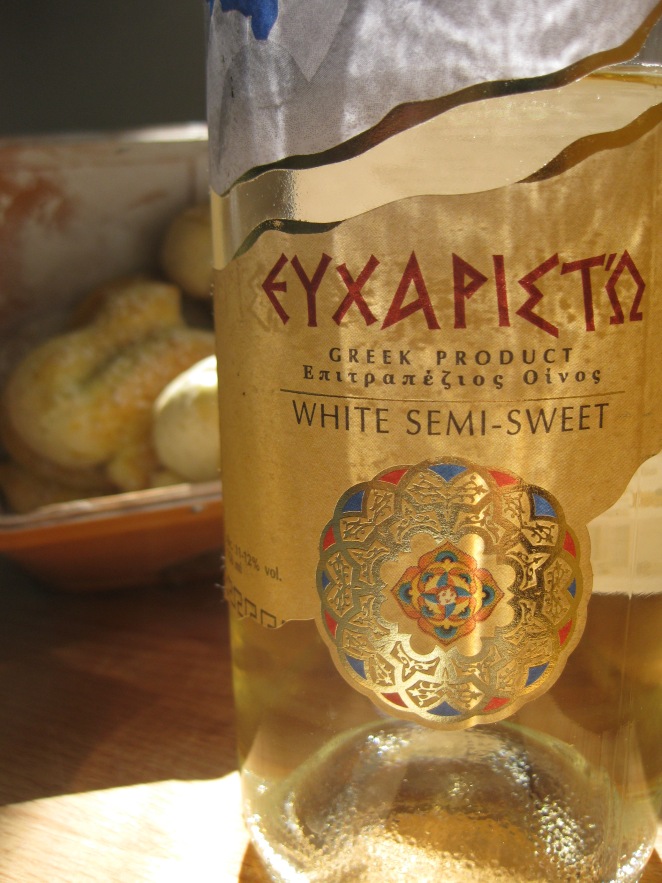
Will come back soon with more international recipes : )
G.
59.939039
30.315785





